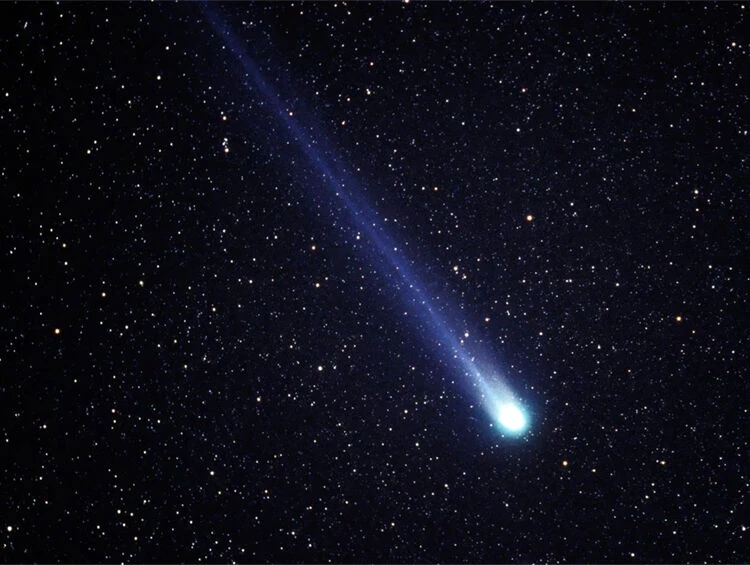
Photo by NASA. Comet 3I/ATLAS World astronomers are closely monitoring a unique celestial body...
Object 3I/ATLAS, which was discovered in July of this year and has a mass comparable to Manhattan,...
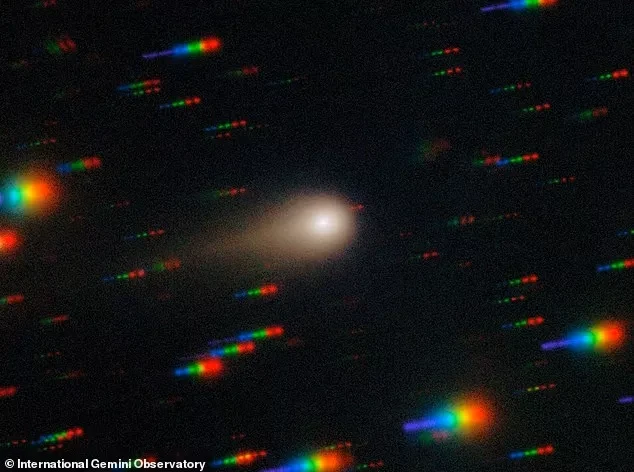
According to media reports, NASA has quietly begun implementing measures to protect Earth after an...

Atlas is being introduced at a time when OpenAI is actively seeking new ways to monetize its...
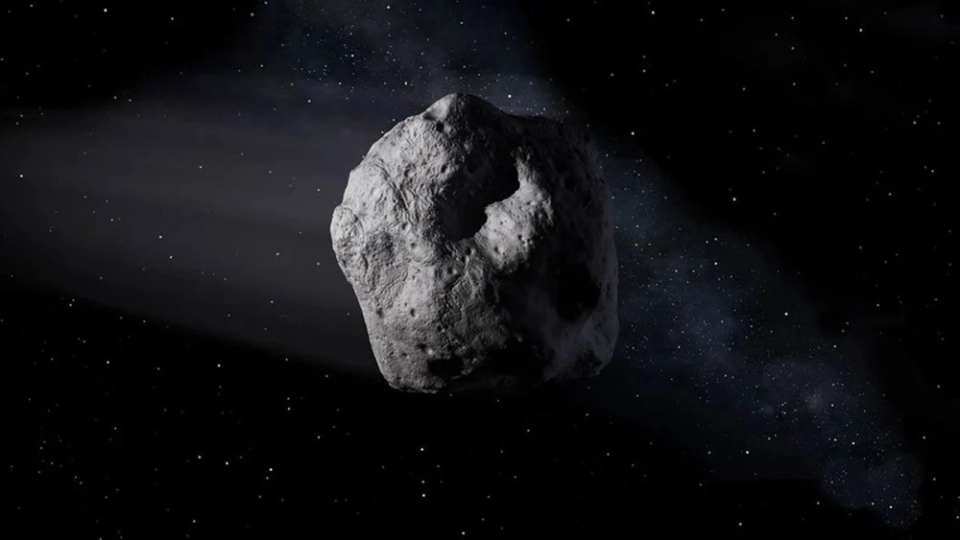
Illustrative photo Recent studies by astronomers have revealed an interesting cosmic object that...
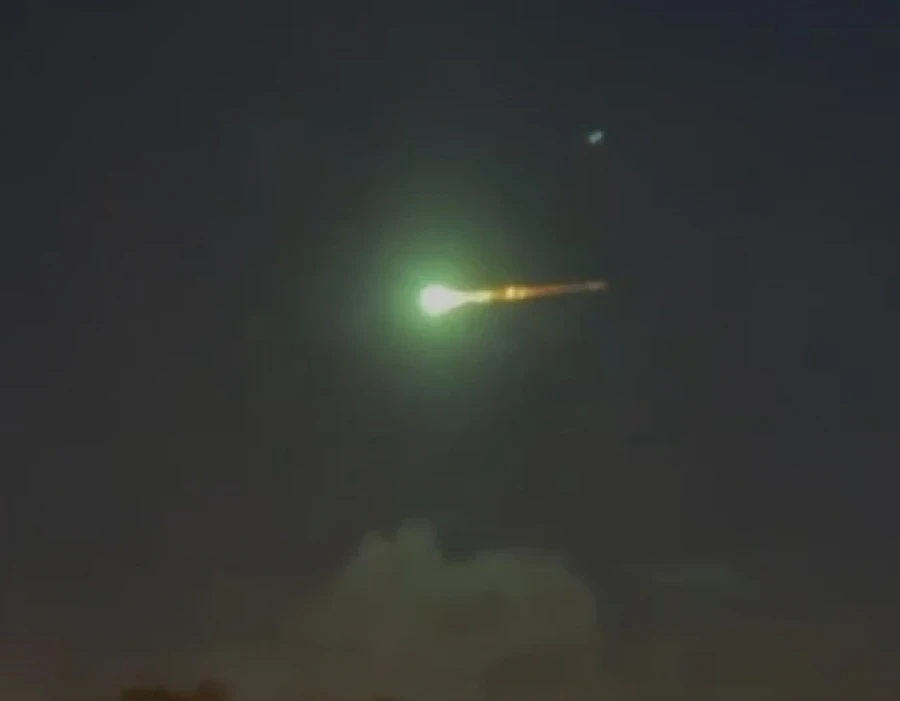
Some specialists believe that it could have been either a meteorite or debris from space junk....

“A provider station of LLC ‘Aknet’ operates on the premises In Bishkek, city hall representatives...
According to the Ministry of Finance as of August 31, the total amount of Kyrgyzstan's state...

Unique Planet Earth Planet Earth is just one of eight (according to the latest data) planets in...
In the Batken region, in the village of Zhany-Dostuk, the construction of a new kindergarten is...
As of October 1, 2025, the total amount of money in circulation reached 290 billion 191.1 million...
A new medical facility has been built in the village of Kosh-Dobo, located in the Ak-Talinsky...

The grand opening of the new police building "Sulaiman-Too" took place in Osh, which is...
As part of the overall development plan for Bishkek until 2050, a significant modernization of the...
In Naryn, 5 acres of land that were previously privately owned have been returned to the management...
The President of the Kyrgyz Republic, Sadyr Japarov, has approved a law that amends the existing...

Stavinsky Vitaly Antonovich (1936), Doctor of Geological and Mineralogical Sciences (1997),...
In the Naryn region, in the village of Ak-Tal of the Ak-Tala district, the construction of a new...

According to Maluk, the operation to destroy the "Oreshnik" was a joint effort of the...
In the Ak-Terek rural district, in the village of Ala-Bash, students of the M. Kidibaev school have...

Two new tram routes are expected to open in Bishkek. The deputy chief architect of the city,...
In the village of Syrt, located in the Aravan district of the Osh region, the construction of a new...
- The Plenary Session of the Supreme Court of the Kyrgyz Republic on October 3, 2025, approved...
According to data from the National Statistical Committee, from January to September of this year,...

The meteor shower occurs every year when Earth crosses the path of the asteroid 3200 Phaethon. The...

As reported in the official statement by Prosecutor Lor Becco, one of the detainees attempted to...
At today's 91st meeting of the Council of Commanders of the Border Troops of the CIS in Manas,...

Kazakhstan has achieved significant progress since gaining independence Kazakhstan celebrates its...

The Earth's Population This is the total number of people living on our planet. As of today,...

On Wednesday, magnetic storms may occur on the planet, including minor geomagnetic disturbances...

“The main task is to ensure friendly relations and mutual understanding between our peoples” The...
The National Statistical Committee reported a significant increase in the production of tobacco...

Esapchi Alybai from Naryn could determine the time with a simple stick. He would stick a stick...
The city hall of Osh provided information on how the debt for the lease of the land plot where the...
In Slovakia, a new traffic law has raised numerous questions and jokes among the population. Social...
Ten kilometers southwest of Aidarken, in the Kadamjai district of the Batken region, there is a...
The Ministry of Transport and Communications of Kyrgyzstan has announced the completion of several...
The Ministry of Finance has increased its share in the authorized capital of OJSC "Kyrgyz...
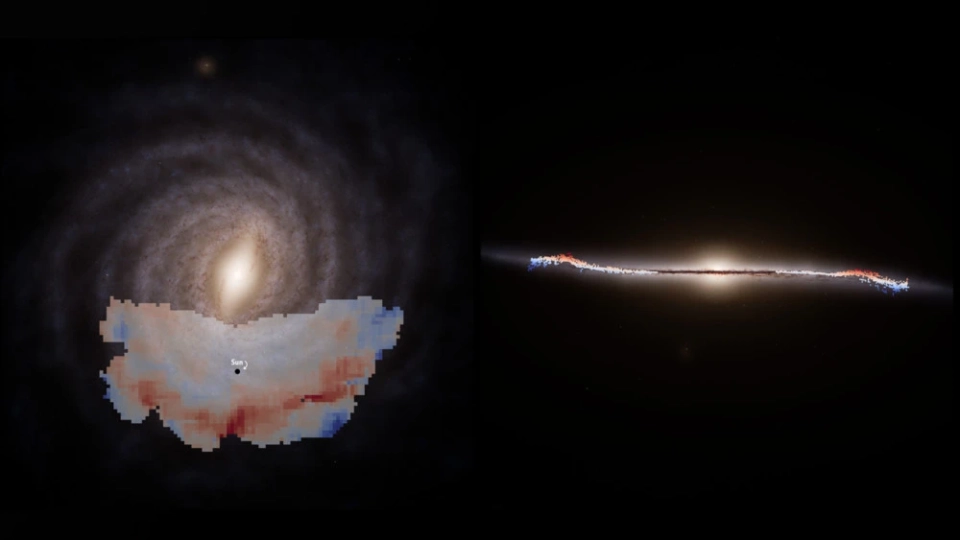
The European Space Agency's Gaia space telescope has detected a large wave-like movement in...

Alongside correct, positive interpretations of natural phenomena, the Kyrgyz also held incorrect,...
- Sadyr Japarov opened the new building of the National Bank of the Kyrgyz Republic on October 28....
This year, the Ministry of Transport and Communications of Kyrgyzstan has completed the...
During a recent investigation, it was found that 760 million soms allocated for the development of...